Krakow
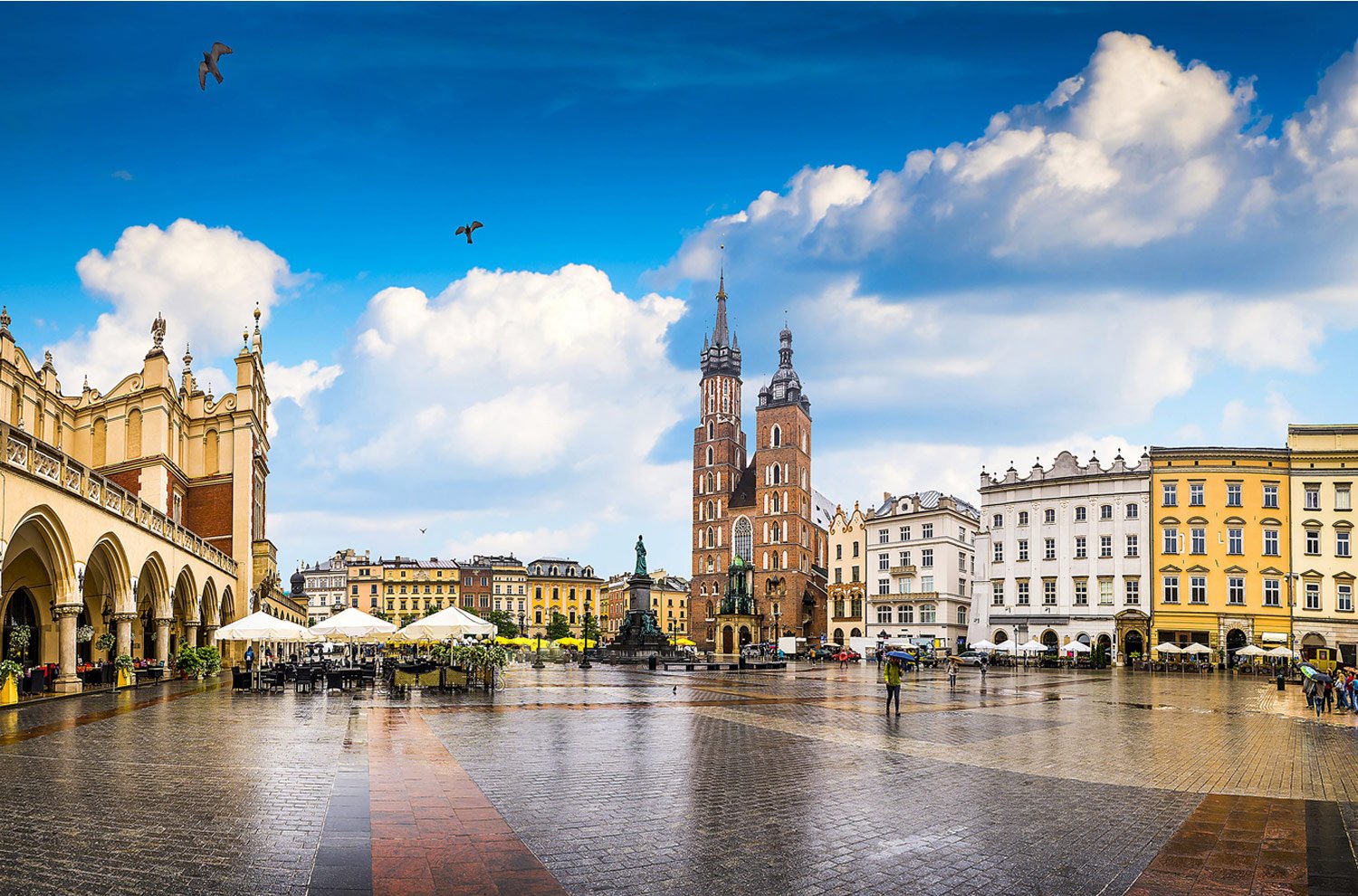
The only Polish city to emerge unscathed and almost intact without any major damages from World War II, Krakow’s monuments has been praised as Europe’s pride, by UNESCO.
Krakow’s Old Town (State Miasto) has maintained its 19th century stately charm and ambience in spite of the heavy inflow of tourists during summer. Besides its churches and palaces, Krakow being a university centre, has an eclectic mix of the old and enchanting along with zest, youthfulness, a dynamic art scene, and a vibrant nightlife.
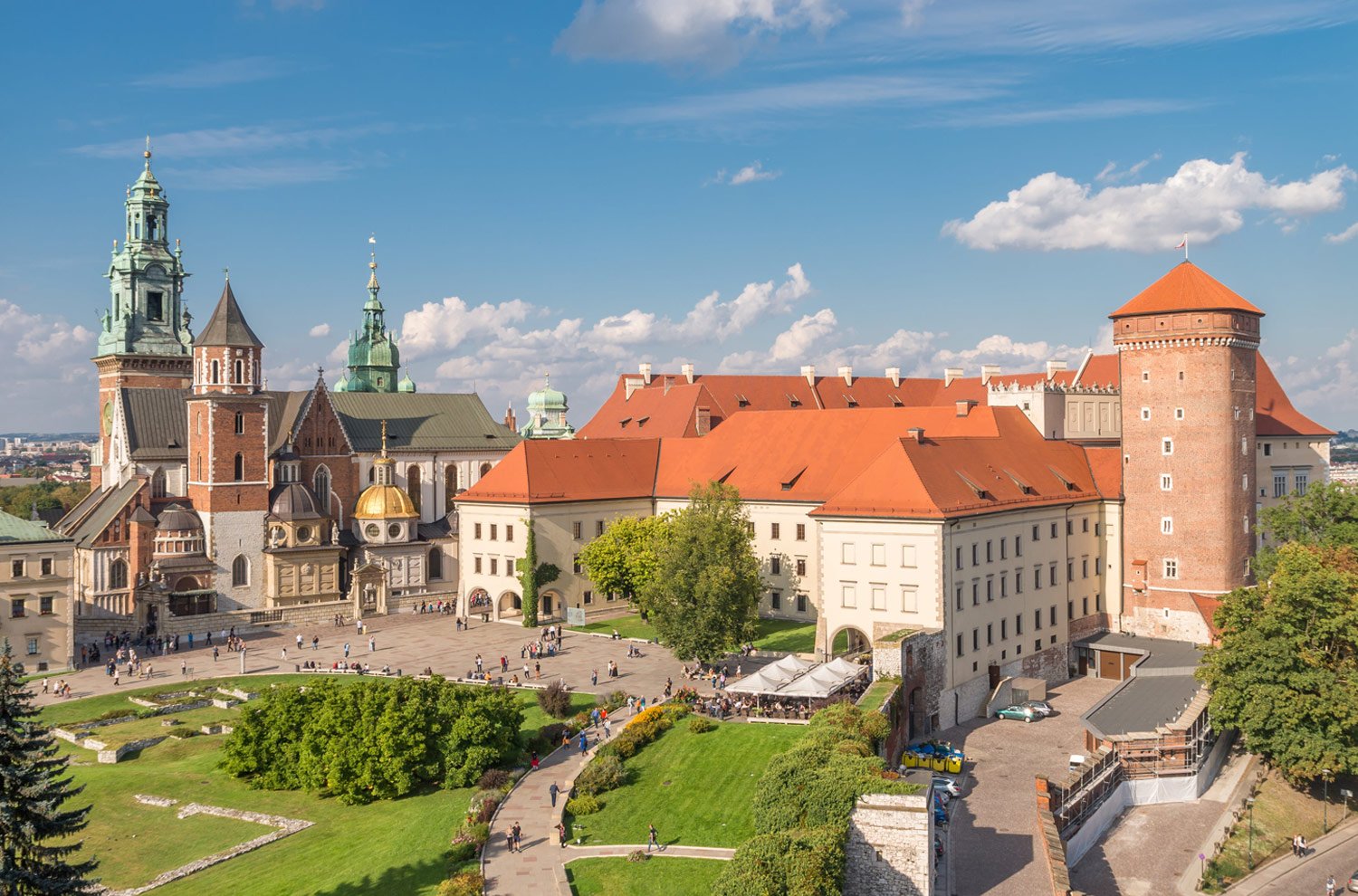
Legend has it that Krakow was founded after killing a dragon who terrorised the people in this area. The city sustains the mythical ambience even today, in its streets and squares that exude an old worldly charm.
The star attraction of Krakow is the Wawel Castle. There are massive churches, interesting museums and the sprawling RynekGlowny, the largest market square of Europe. Kazimierz, the former Jewish quarter, houses remnant synagogues that reflect the 20th century tragedy. Krakow has many restaurants, bars and clubs.
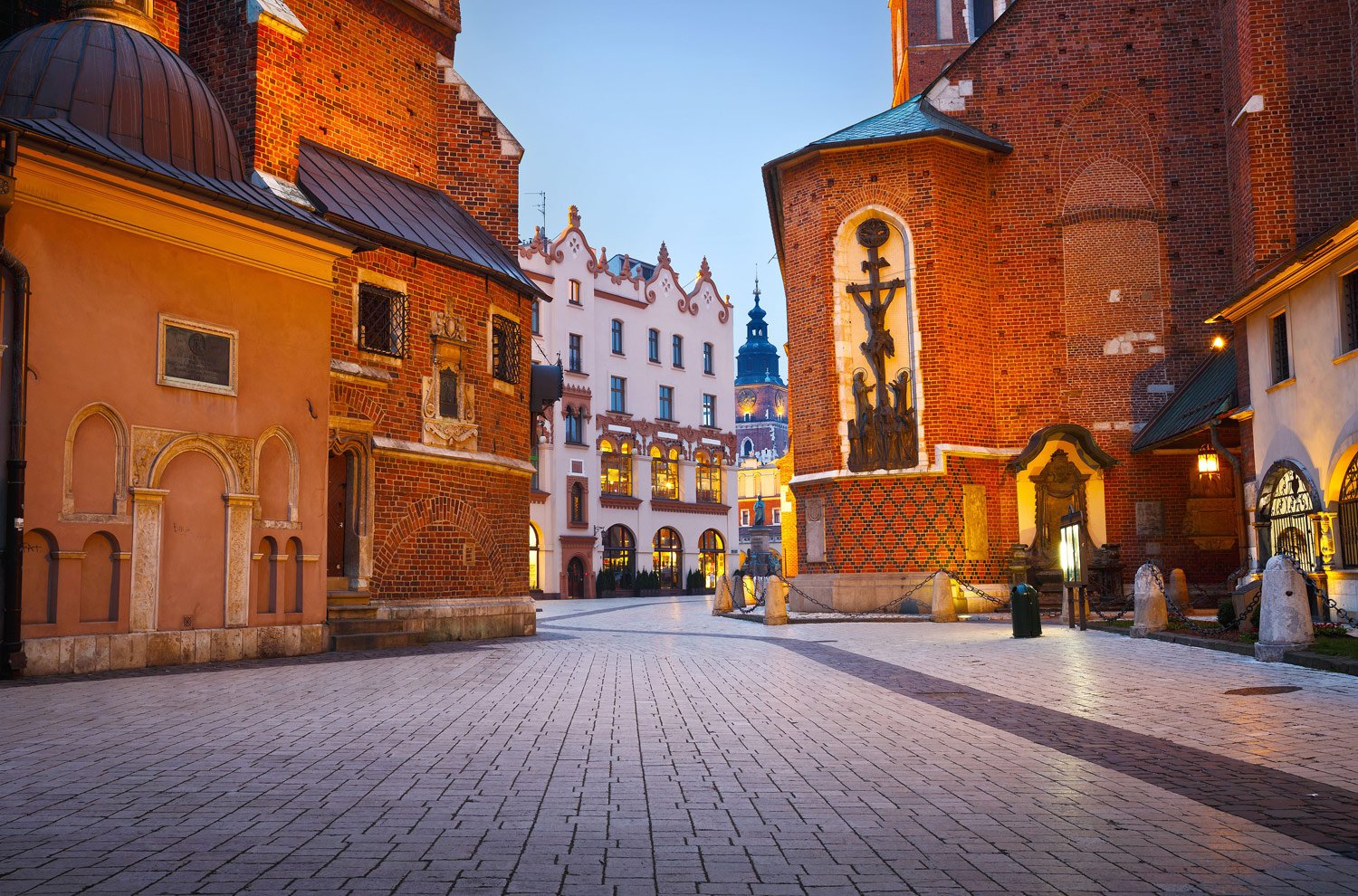
When you first lay your sights on the mesmerising and vibrant market square, RynekGlowny, filled with shops, cafes, restaurants and bars, you will know that it is this place that is going to be the fulcrum upon which the rest of your trip to the city is going to based.
For getting your bearings right and for easy navigation within the city, divide it into four main sections and plan your activities in this mesmerising city accordingly. RynekGlowny is in the middle of the old town, which is in turn in the heart of the city. Major tourist attractions are situated around the Old Town., Some other major attraction are situated at Kazimierz, which is to the south, and in the south west, you will find the majestic Wawel Cathedral perched up on the Wawel Hill.
Some notable places that can be visited as day trips outside Krakow are the Wieliczka Salt Mines and the Auschwitz-Birkenau concentration camps.
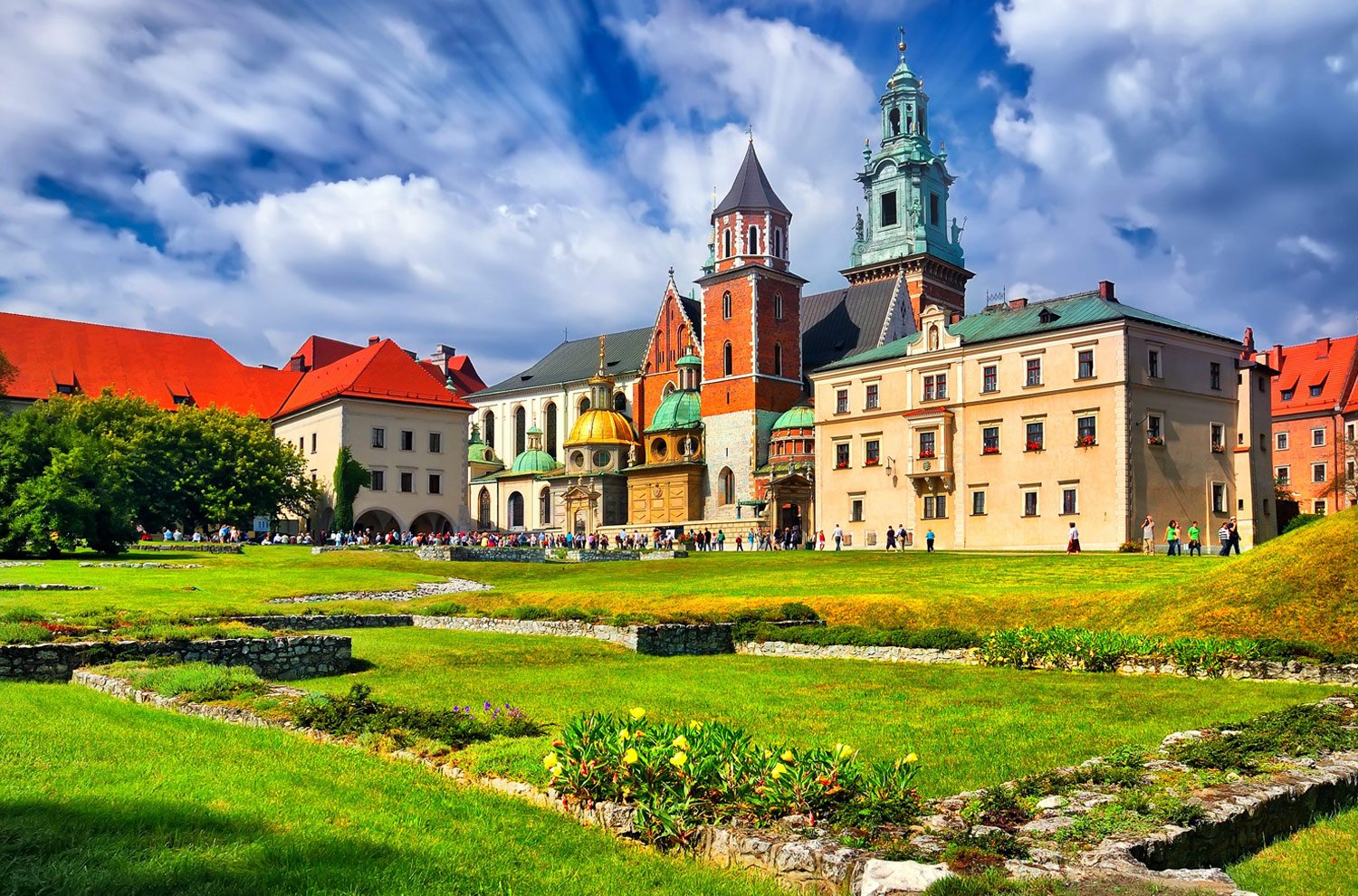
When considering the immense destruction caused by the Nazis all over Europe and Poland in particular, one would be surprised to see that most of Krakow’s vast wealth of art treasures and impressive architecture are intact.
The relative preservation of Krakow and its art and architecture is attributed to the legend of the city’s Chakra, a Hindu mystic stone, considered to be a jyotilinga, which is said to be under the Wawel castle, which has prevented the city from evil and destruction.
Though there are many people who come to Krakow to seek out the location of the Chakra and to experience reportedly the overwhelming peace and tranquillity emanating from its location, be aware that open discussion about the chakra or its location is frowned upon, especially by the security at the Wawel castle, because, unlike rest of Europe, Poland is still a very staunch, conservative Catholic country.
Apart from its world famous market square, RynekGłówny, which is the largest medieval square in Europe, Krakow is also famous for its synagogues in the old Jewish quarter of Kazimierz and almost 150 churches which among them together hold an impressive collection of around 2.5 million art works including the invaluable, Leonardo da Vinci’s renowned ‘Cecilia Gallerani’.
Many celebrity artists, poets and playwrights have been inspired by Krakow, which reflects in many of their work among which some are the Nobel laureate Czeslaw Milosz, the playwright Tadeusz Kantor, the film director Steven Spielberg and the composer Krzyszt of Penderecki. Many galleries, theatres and concert halls encourage arts through annual festivals and cultural events.
Krakow is rightly called the oldest university town because it is the seat of higher education in Poland and many luminaries from Copernicus to Pope John Paul II have been educated in this town. Today, there are 20 universities with about 200,000 students that make up a fifth of the city’s population providing this city with a zest of youthful energy.
Naturally, Krakow is the place to chill out given its vast array of cafes, restaurants, and hip bars. The night is always young in this old city.
KRAKOW CULTURE & CUSTOMS
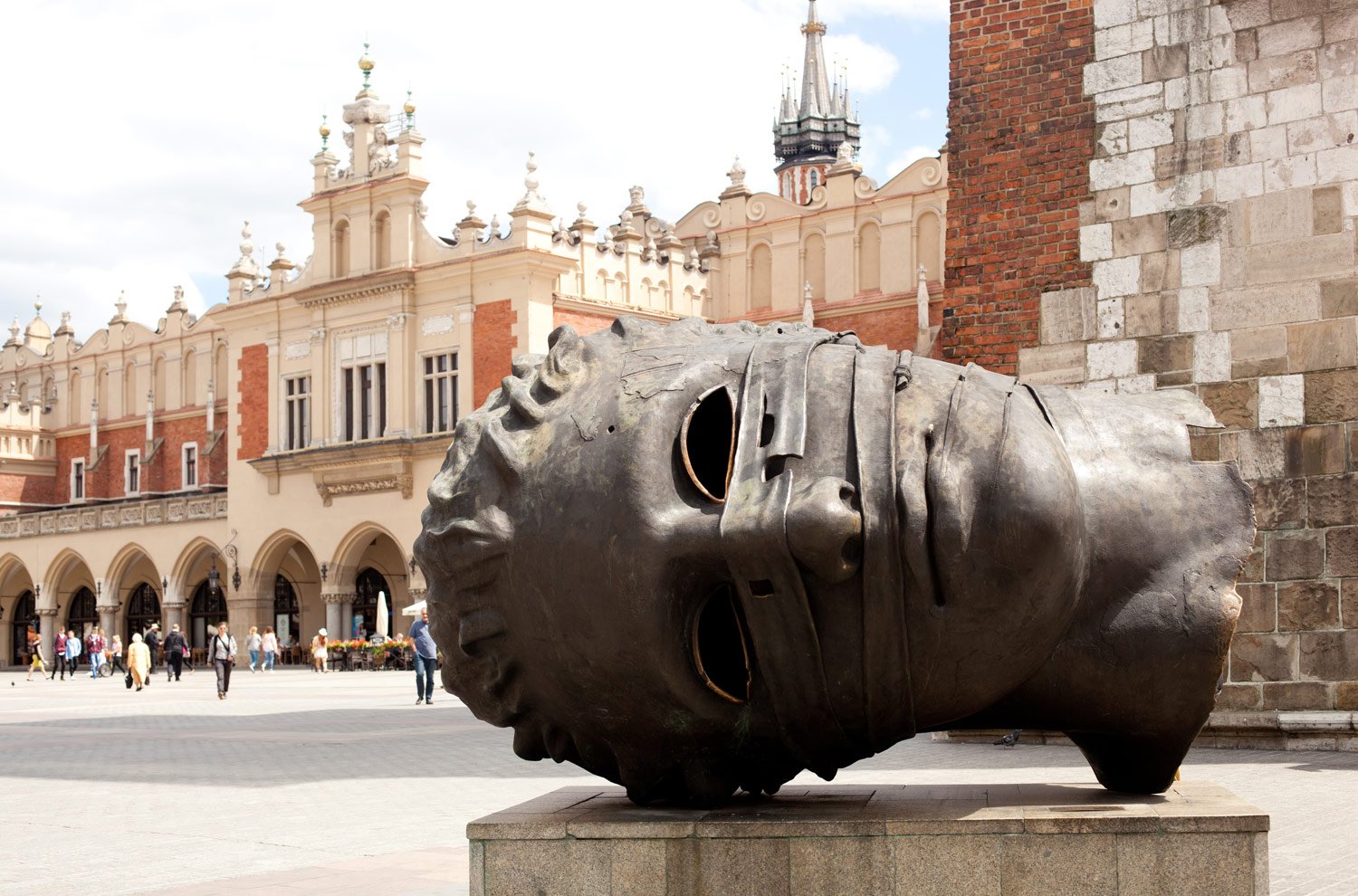
There could be a wild fluctuations in the exchange rate of the Polish currency, the zlotych (zloty) and the US Dollar. It would be prudent to check the exchange rates before you arrive. Also, you will get much better deals in currency exchange from ATMs, of which there are many throughout the city, rather than from a money exchanger. Credit cards are also widely used in the cities.
Krakow has made noticeable strides in the culinary scene in recent years, which has rapidly evolved along with the surge in tourism. There is a nice mix of the affordable and fine-dining establishments. The Old Town in particular has a wide variety of eateries that offer authentic Polish cuisine and a wide selection of excellent wine.
BEST TIMES TO VISIT KRAKOW

Having said that, there is no such thing as a bad time to visit Krakow. During the summer, the city is vibrant with lots of festivals and during winter, you have the city almost to yourself bedecked in its resplendent winter beauty.
HOW TO REACH KRAKOW
By Air
Many international visitors might not know that Krakow airport has direct flights from most European destinations. It would be a better option that connect through Warsaw. With the arrival of low cost airlines like Direct Fly and Euro-Lot, there has been an explosion in the aviation sector in Poland.
Airports and Transfers
Balice Airport, now renamed after Krakow’s most famous son, Pope John Paul II, is the region’s only airport and lies 11 km west of the city. Expect delays due to fog may during spring and fall.
Balice Airport and Krakow’s main railway station are now connected since 2006 by a fast train connection. It is a 200 meters walk from where the train stops to the airline terminal. Else, you could also make use of the free airport shuttle bus to reach the terminal.
This airport connection runs every 40 minutes, the journey taking 15 minutes to cover the journey and the tickets can be bought on board at a cost of zl 20, one way.
Running between the airport and the main station, buses 208 and 292 go through the city centre, the basic fare being zl 3.40 (zone II airport) with an extra charge for luggage. Tickets can be bought from a machine or at newspaper kiosks at the terminal or can be bought from the driver for a surcharge.
There are taxis available outside the terminal. The fare is zl 60.
Train
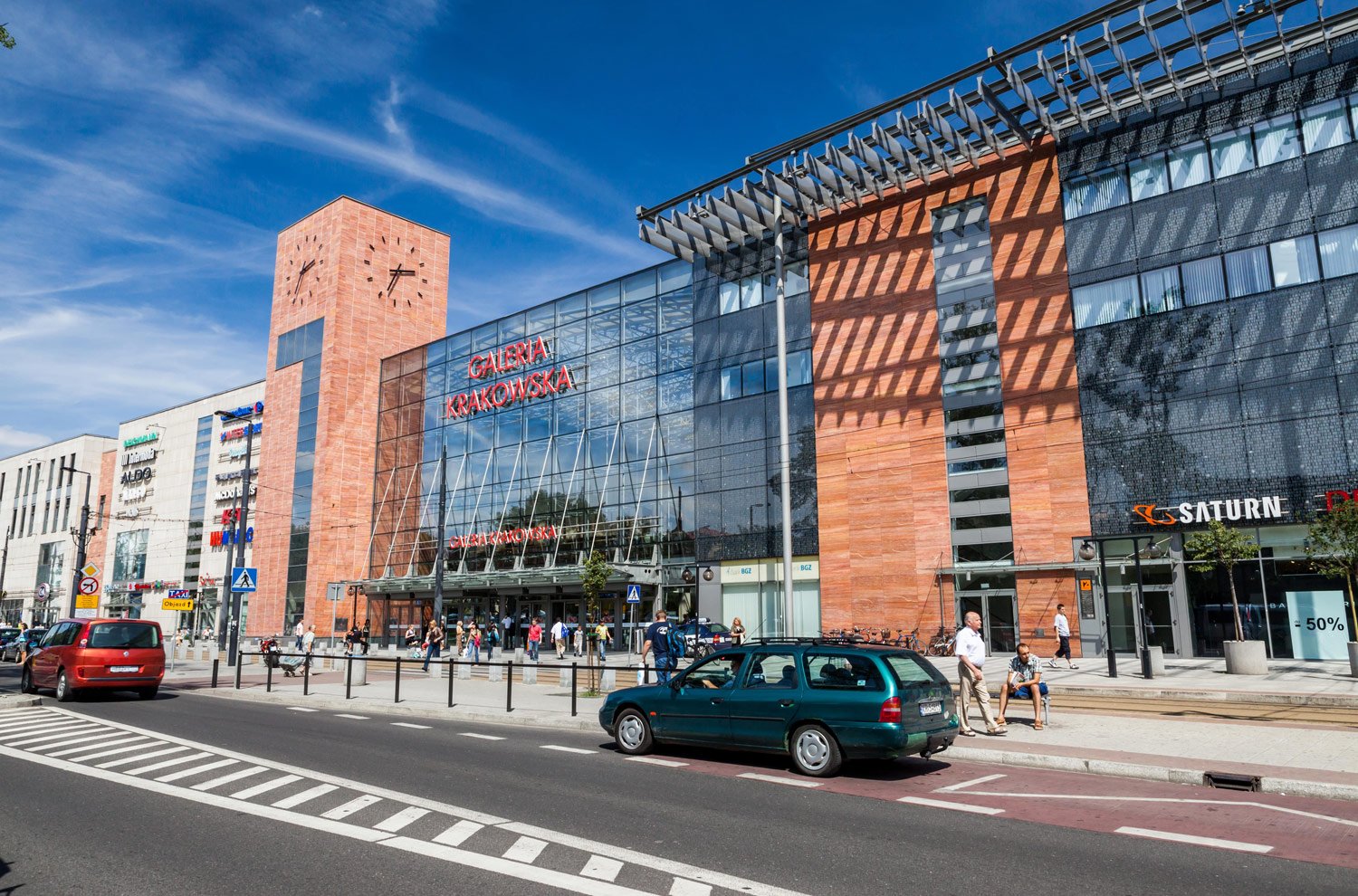
Bus
Located next to the main train station is Krakow’s modern bus station with excellent connections to Zakopane, Warsaw and Wroclaw
There are a few international connections to nearby countries, like Berlin (zl 99, 8 hours, 4 daily), offered by Polski bus. Euro lines and Jordan are the other leading international coach services. There are minibuses operated by Tiger Express, which run to and from major destinations in the Czech Republic. Prague can be reached in six hours).
Getting Around Krakow
Krakow is best explored on foot. The public transportation MPK S.A. is a cost effective alternative. Wear comfortable shoes, especially if you stay in Old Town, from where most sites of interest are just a short walk away. Many streets will be closed off from traffic making walking the only option.
Public Transportation
The company that operates buses and trams is the MiejskiePrzedsiebiorstwoKomunikacyjne S.A. (MPK S.A.). Many tourists travel by the trams if headed away from RynekGlowny area. Get a map to be sure of the network.
Taxi
Cabs are also in plenty and quite economical. Calling ahead to book one works out cheaper than flagging down one.
Things to Do in Krakow
RynekGłówny (Main Market Square)

Since many centuries, Polish kings have come here on the day of their coronation to meet the city’s noblemen to receive their respect and tribute. The grandmaster of the Teutonic knights, Albert Hohenzollern, came here in 1525, to pay homage to Sigismund the Old, King of Poland. It is also here that Tadeusz Kozciuszko took a solemn vow in 1794 to overthrow the czarist Russia.
ZamekKrólewski (Royal Castle)
By Air
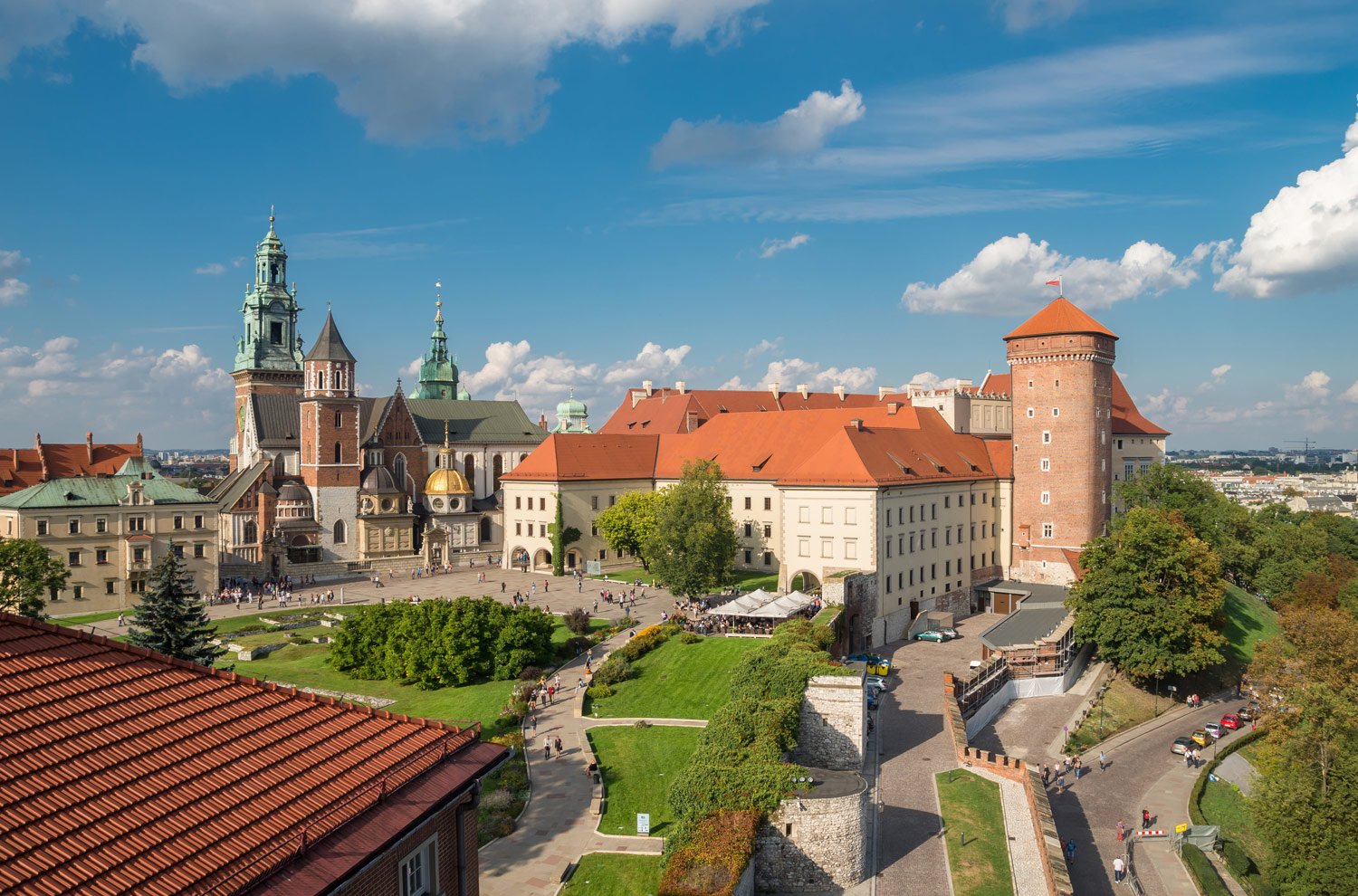
A Romanesque residence used to stand on this site before it was destroyed by the fire and is where the Wawel castle stands now. Artists and craftsmen were called in from Italy to create this castle for King Sigismund the Old. Today, several sections of the Renaissance castle remain, with its arcaded courtyard, despite the Baroque reconstruction after yet another fire in the late 16th century. The capital was transferred to Warsaw in early 17th century, after which, the castle was stripped of its fine furnishings and later the Swedish war devastated it. A voluntary Polish society purchased the castle in 1905 from the Austrian authorities and began restoration. In 1945, it escaped destruction in a very narrowly when the Nazis tried to obliterate it.
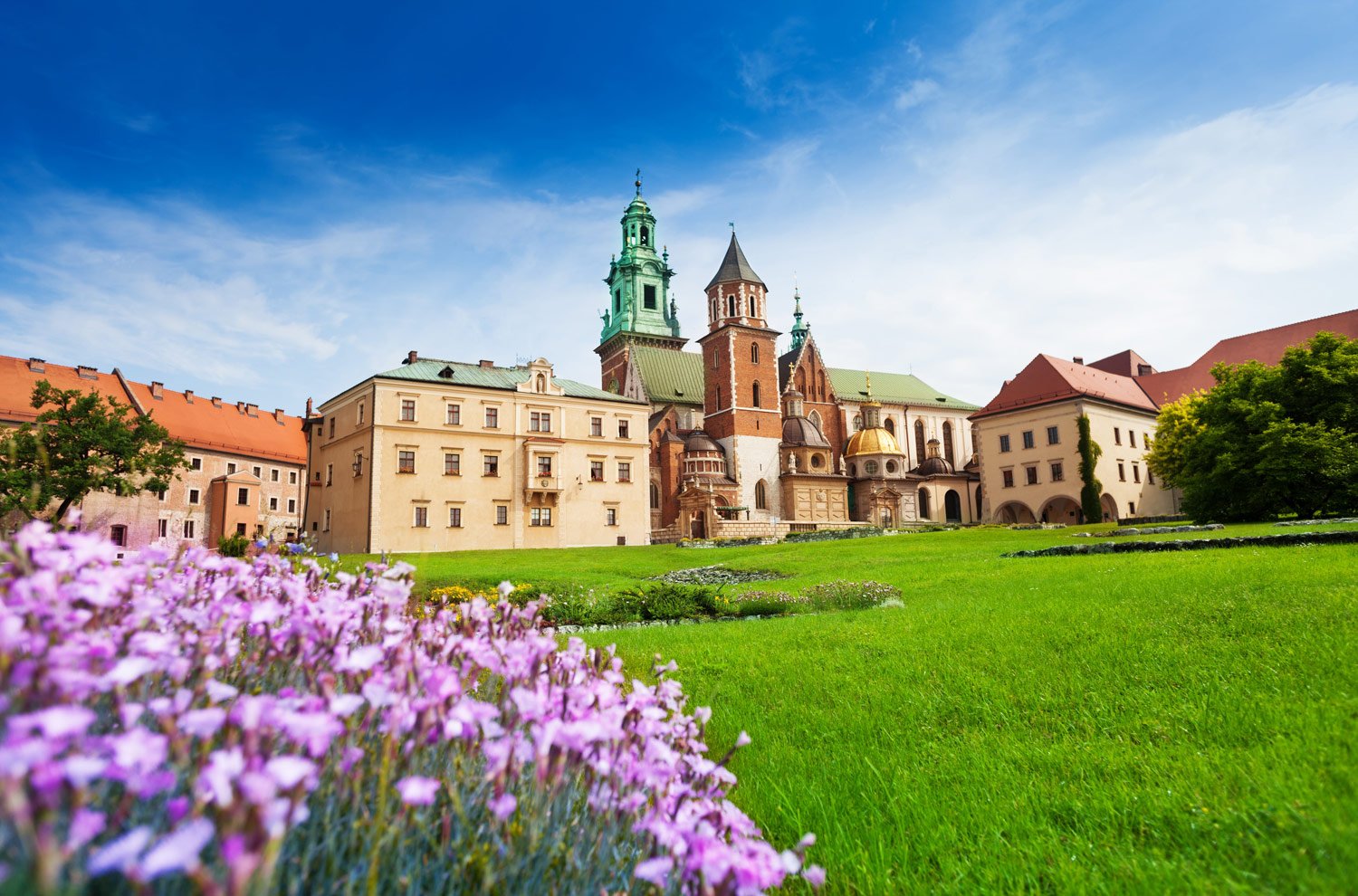
The entry tickets are timed and the number of visitors to the royal chambers is limited. Advance booking of tickets is advised. Make your reservation by phone and then collect your tickets from the visitor centre that is across the outer courtyard, towards Wislariver.
Smocza Jama
The legend of the fire-breathing dragon that terrorized the inhabitants of Krakow, from his Smocza Jama, a cave at the Wavell hill’s foot, is very popular.
There is a ticket office opposite the castle. The story goes that the dragon threatened to destroy the town unless he was fed a damsel every week. The king announced that he would give half his kingdom and his daughter’s hand in marriage to the brave man who kills the dragon. After some knights tried and failed, a cobbler named Skuba tricked the dragon into eating a lambskin filled with sulphur and salt. Out of thirst, the dragon plunged into the river Vistula, and drank from it until it exploded. There is Dragon’s Den out of which smoke and flame come out every 15 minutes during summer that enthrals the young. The entrance is guarded by a bronze statue of the dragon. Open from early April to late October, daily from 10 a.m. to 5 p.m., the entry fee is zl 3.
Wawel Cathedral

Admission is charged at USD 3, open in the summer from 9 a.m. to 5 p.m., Monday to Saturday and 12:30 p.m. to 5 p.m. on Sundays. The cathedral closes an hour earlier in winter.
St Mary’s Basilica
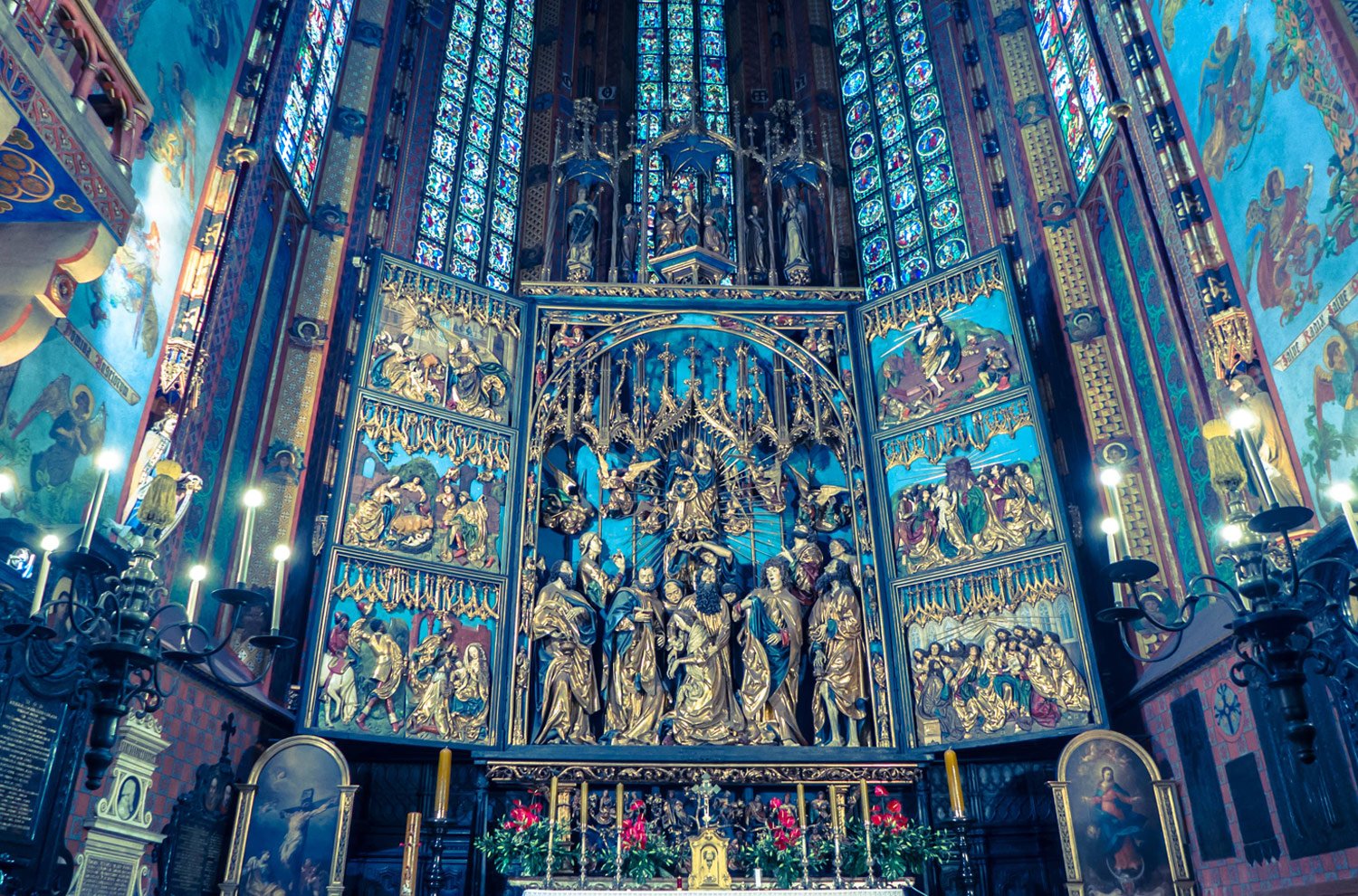
The main entrance is through a Baroque portal, an extension of the south western façade of the 1750s, is used by worshippers. Tourists are allowed entry through the side door to the south east.
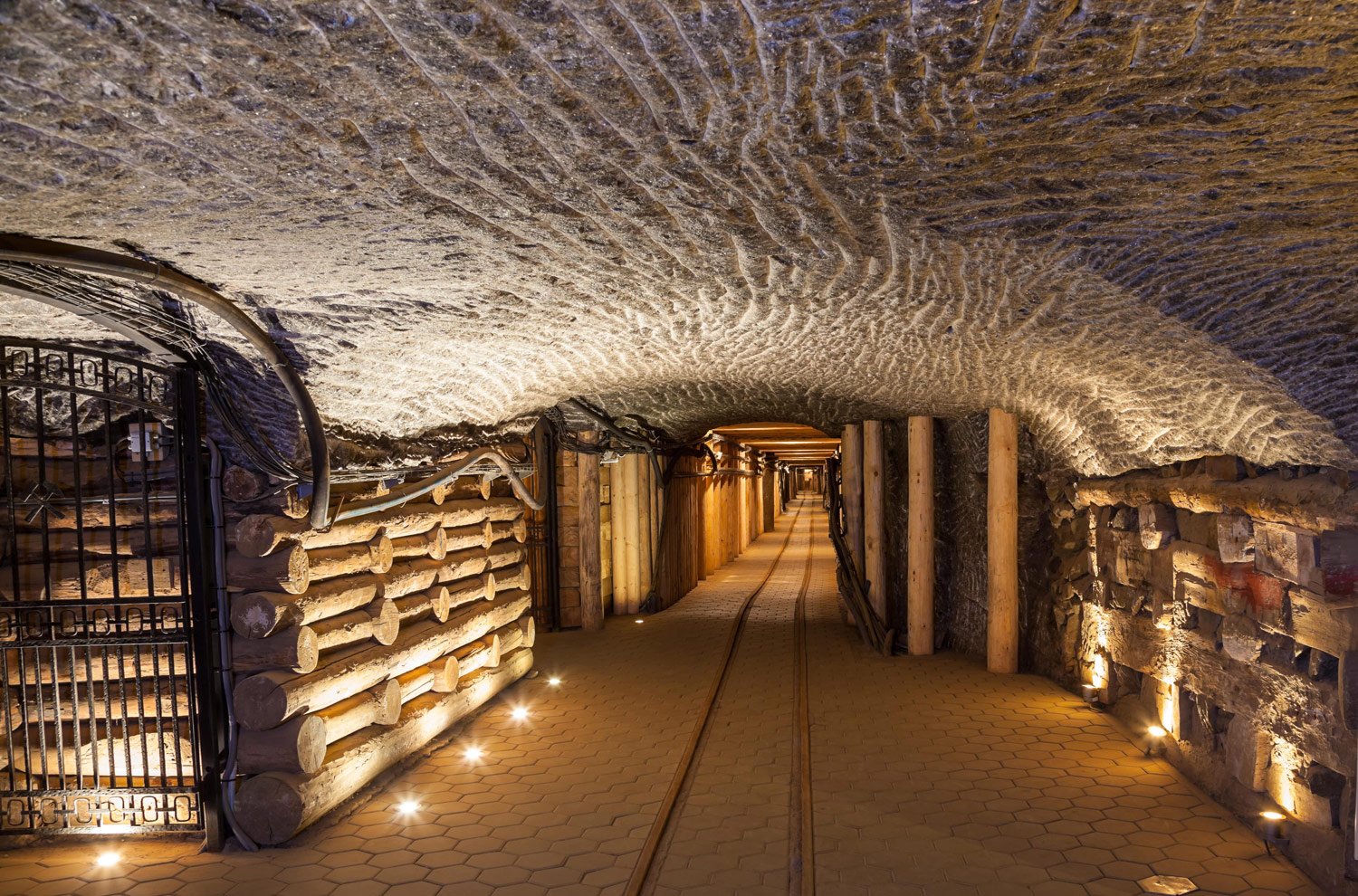
The altarpiece consists of a central panel with two pairs of side wings, called a pentaptych. This is intricately carved in lime wood and then painted and gilded. The main scene represents the Dormition (Assumption) of the Virgin surrounded by the Apostles, and is visible only when the pentaptych is open.
About 13 m high and 11 m wide, the pentaptych is the nation’s largest and important piece of medieval art, which took a decade to be completed. It was done by VeitStoss (Wit Stwosz in Polish). It was consecrated in 1489.
The pentaptych is opened from 11:50 a.m. 5:30 p.m., but for Saturdays when it is left open for the Sunday morning mass to follow.
The entry fee is USD 2 for the basilica, which is open from 11:30 a.m. to 6 p.m., Monday to Saturday and on Sundays, from 2 p.m. to 6 p.m.
Wieliczka Salt Mine
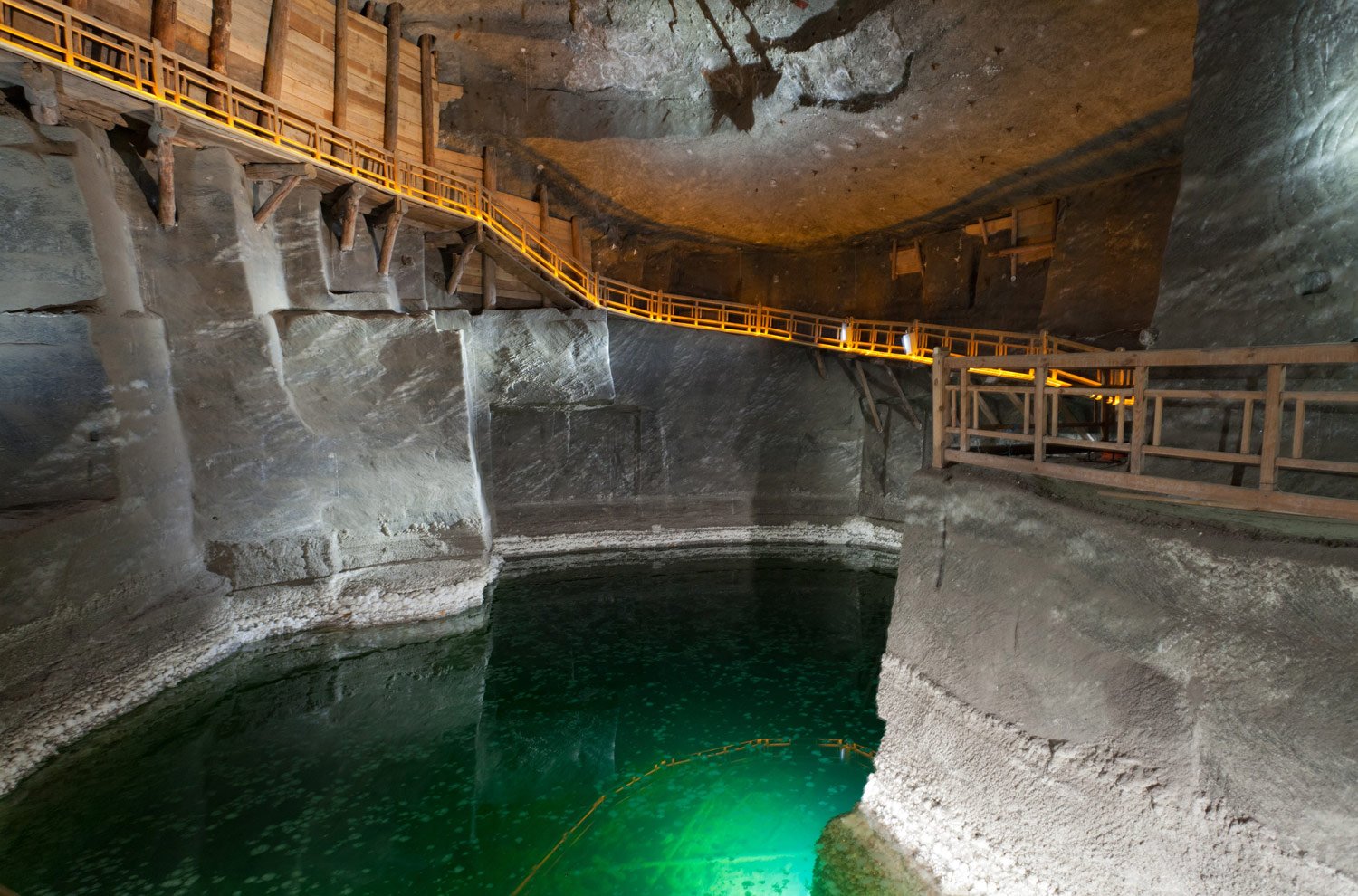
Pronounced vyeh-leech-kah, Wieliczka deep salt mine is situated 14 km southeast of Krakow. The pits and chambers inside have all been carved by hand from salt blocks. The mine is spread over 9 levels with a number tunnels spread over 300 km. The deepest level is 327 m underground. A section of the mine is open to the public for a guided tour, with 22 chambers connected by galleries, from 64 m to 135 m underground.
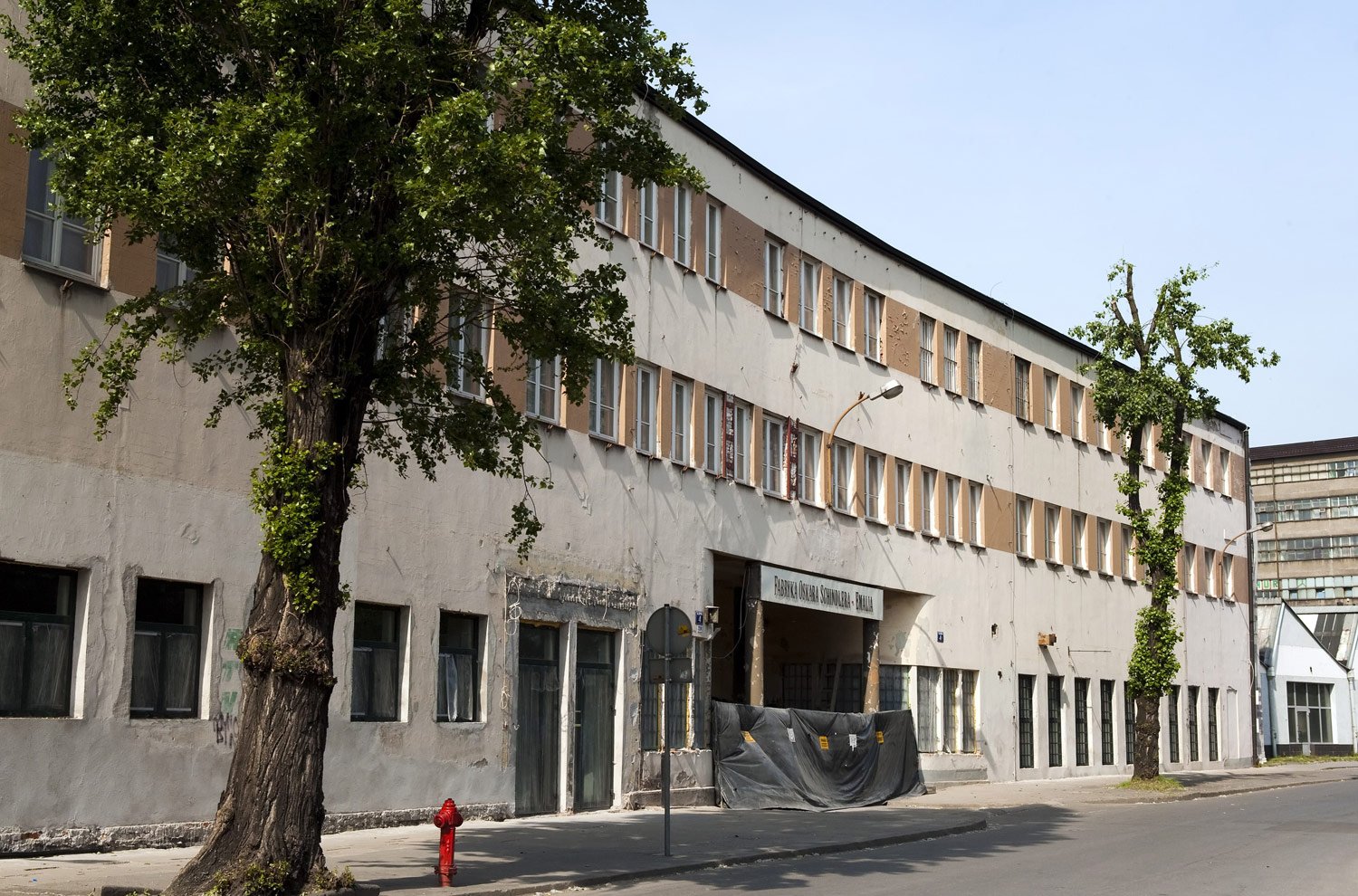
The ticket includes a visit to the Krakow Saltworks Museum that is accommodated in 14 chambers on the third level of the mine. This is also the finishing point for the tour. A fast-mining lift takes you back to the surface.
Schindler’s Factory
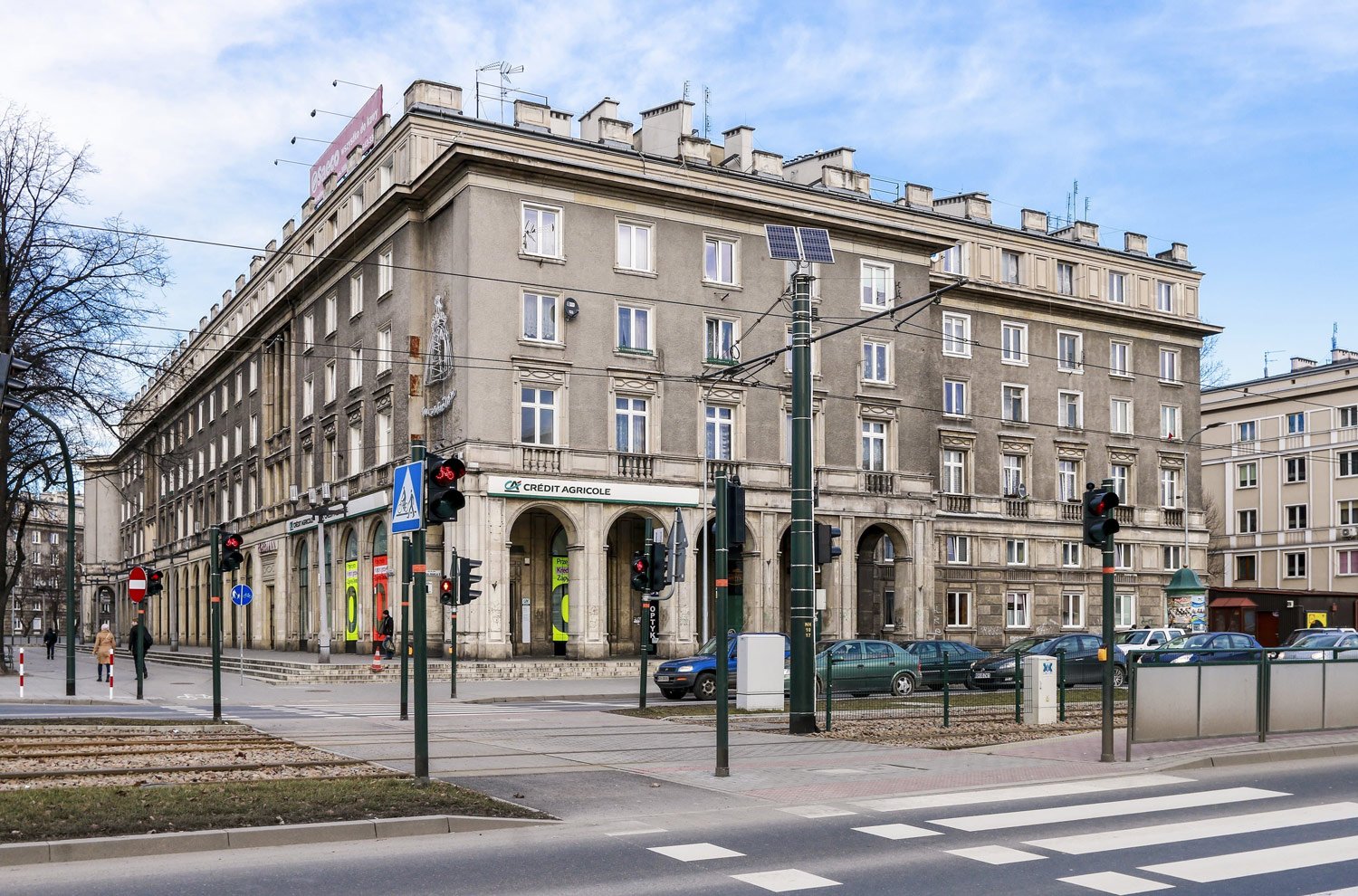
This is an interactive museum that covers the Nazi occupation of Krakow in WWII. Housed in the former enamel factor of the Nazi industrialist Oskar Schindler, who saved the lives of members of his Jewish labour force during the Holocaust, the museum is well-organised and filled with innovative exhibits that tell the story of the city from 1939 to 1945.
Rynek Underground
The underground route through medieval market stalls and other chambers, are interesting. Holograms and audio-visual wizardry enhance the effects of ‘Middle Ages meets 21st century’. The office at the western side of the Cloth hall (Sukiennice 21) is where tickets can be bought. The electronic board there displays tour times and available tickets. The tunnel can be entered through the north-eastern end of the Cloth Hall.
NowaHuta

When Fidel Castro visited Krakow, he had said “Take me to the steelworks”, refusing to see the royal castle or the medieval square, first. NowaHuta is definitely worth a visit and it is an adventure even to the natives. It is a different world, though it is just a 20 to 30 minute tram ride from the city centre and is also officially a part of Krakow. The change is not just in the urban planning but also in the spirit of the place. Designed as a workers town by the rulers of the obsolete Communist Bloc, it remains ideological in its outlook. The neighbourhood is a living museum of a bygone era.
NowaHuta has a bleak past, when several villages outside Krakow were razed to build a huge steelworks, and a township for the workers, on the fertile farmland, in the 1950s. This experiment, with its ‘model socialist town’ and a healthy social structure was planned to balance the traditional aristocratic and intellectual Krakow.
NowaHuta is an example of urban planning and architecture. It was hence proclaimed a historical monument by the Polish government. The Square at Versailles was the model for the Central Square. Renaissance and Classicism are echoed in every building surrounding the Square. The American concept of ‘neighbouring units’, developed initially for New York City in the 1920s, was adopted for the street plan of the original residential areas of NowaHuta. Each neighbourhood had its blocks well-equipped with the basic facilities like shops, a school, a kindergarten, etc. No churches were built as it was a model socialist town.
But then, Faith proved to be stronger. The people, hence, erected an ‘illegal’ crucifix around which they gathered to pray.
Tram 4 or 15 from Krakow Glowny reaches NowaHuta. It takes a minimum of two hours to explore NowaHuta and more, if you want to cover the entire town.
Lest we Forget
Auschwitz-Birkenau
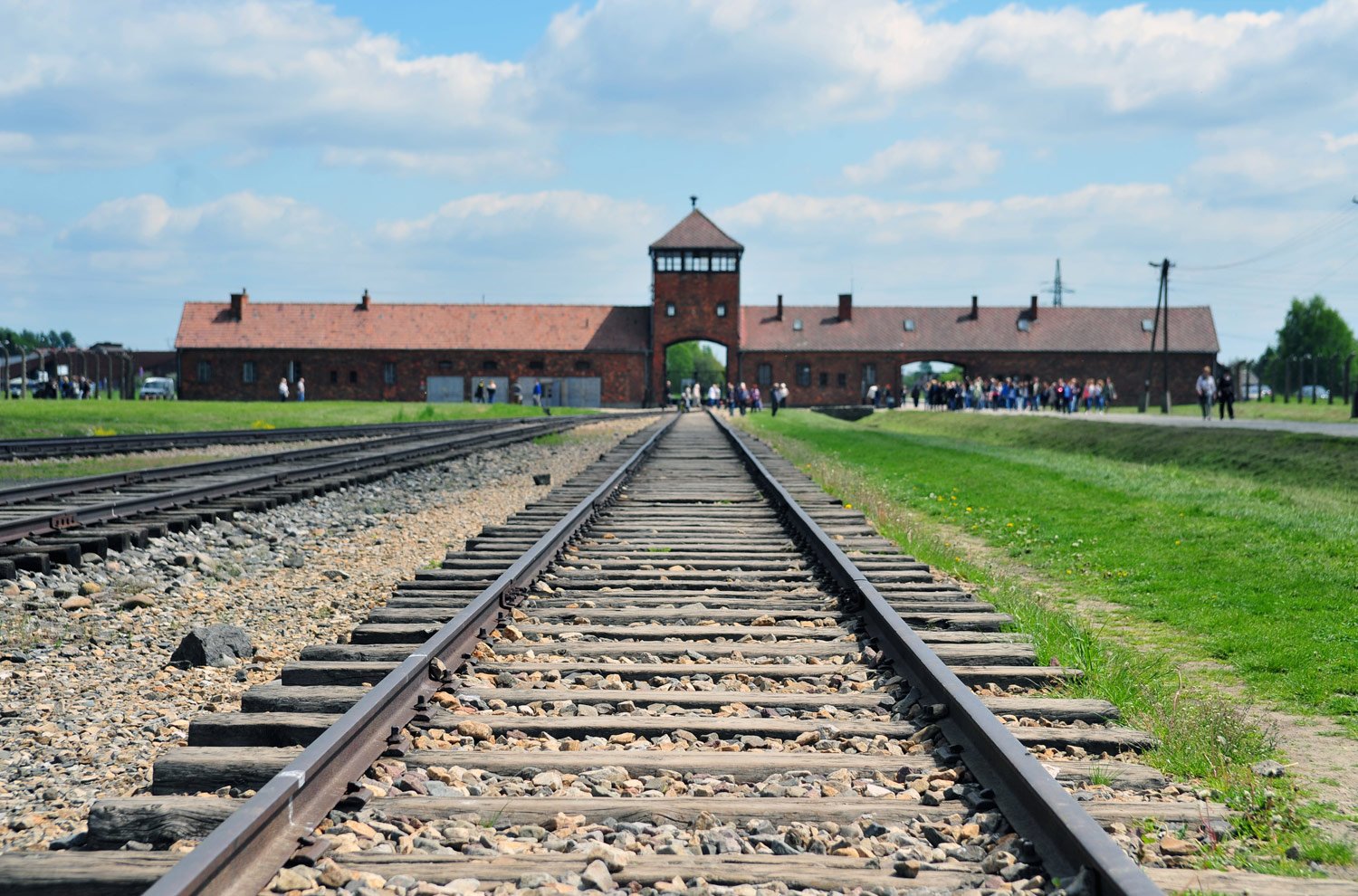
The brutal concentration camps of Auschwitz I and II-Birkenau are located 50 miles west of Krakow, near the city of Oswiecim. The emotional experience is truly overwhelming.
Synonymous with the genocide and the Holocaust, Auschwitz-Birkenau is where millions of Jews, Poles and Roma were murdered by the German occupiers during WWII. It is the better known of the two. The sections of the camp Auschwitz I and Auschwitz II (Birkenau) are preserved and open for visitors. The shock you would experience on seeing the death camps is real.
Visitors should make sure to show proper respect here
It is a mass grave site. There are many men and women who have survived their time here. And there are some whose loved ones were murdered here.
It is compulsory to join a tour if arrive between 10 a.m. and 3 p.m., from April to October. Book well ahead on www.visit.auschwitz.org or by telephone.
There are many English language tours through the day, more frequently between 11:30 a.m. and 1:30 p.m. All the tours have a short documentary film about the liberation of the camp by Soviet troops in January 1945, though not recommended for children below 14 years of age.
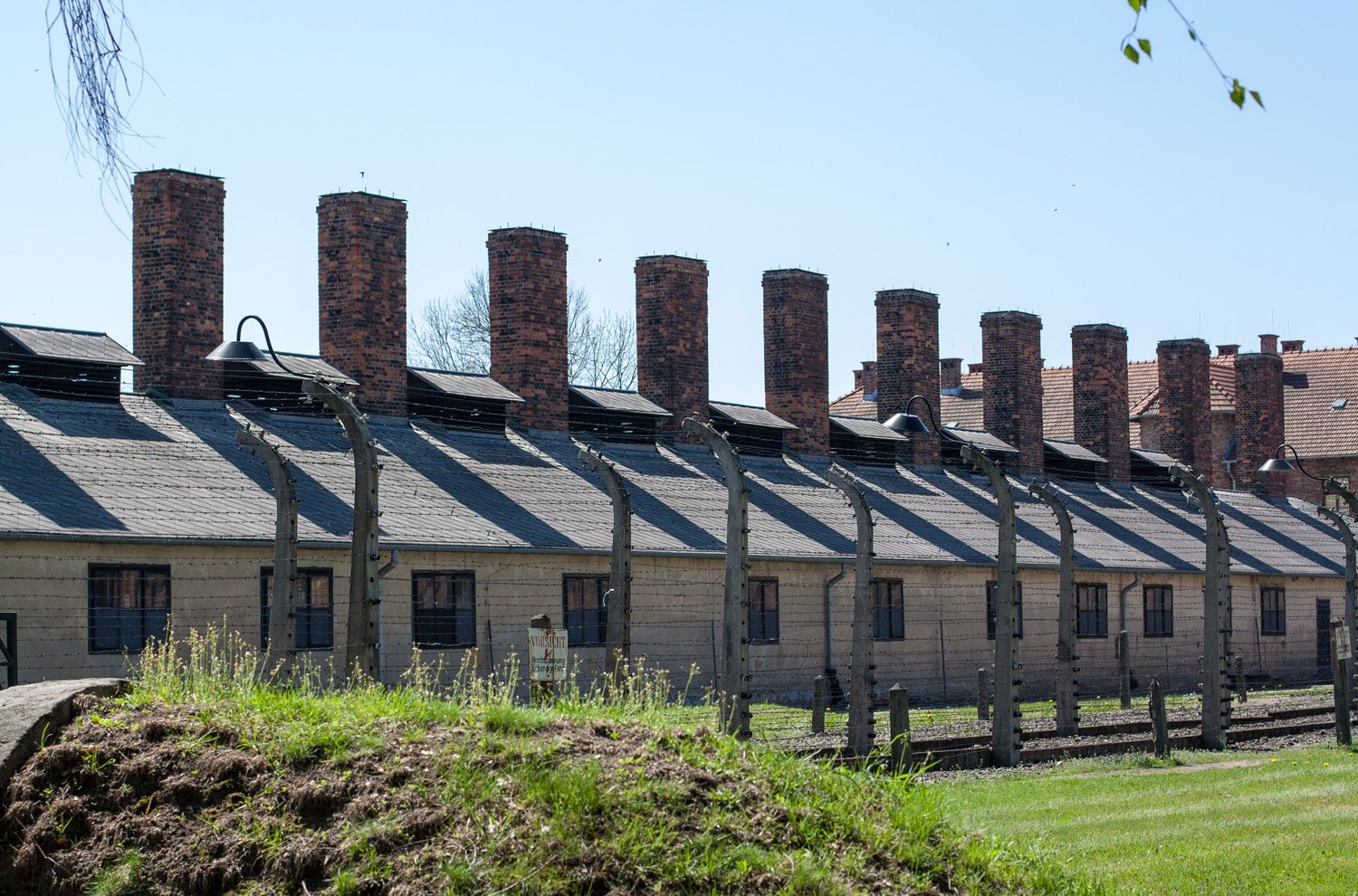
The German occupiers established the Auschwitz extermination camp in April 1940 in pre-war Polish army barracks. Originally intended for Polish political prisoners, the camp later adapted for the extermination of the Jews of Europe fulfilling the Nazi ideology. To accomplish this, the larger camp at Birkenau (Brzezinka) was built in 1941 and 1942. Yet another one was built in Monowitz (Monowice).
It was in Birkenau that most of the killing happened. The massive camp was built in 175 acres, with more than 300 prison barracks. These were originally horse stables, which housed 300 people in each. There were 4 massive gas chambers and crematoria that asphyxiated 2000 people at a time and electric lifts to raise the bodies to the ovens for cremation.
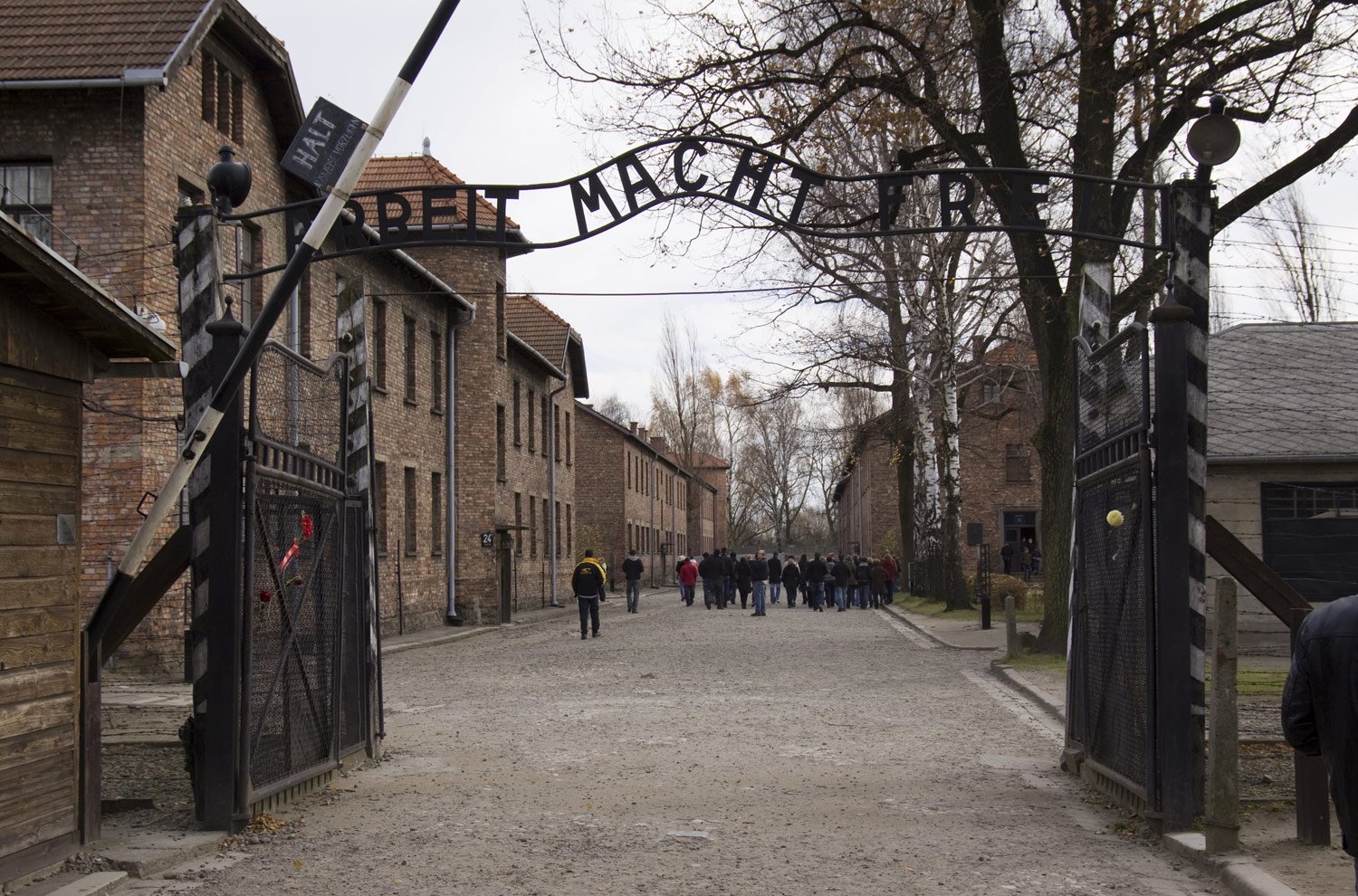
The sheer size of the place with long lines of barbed wire fences and watchtowers give an idea of the scale of the crime, in spite of the fact that the retreating Germans destroyed much of Birkenau. Some surviving barracks are open for visitors, for silent contemplation and prayers. Allow yourself enough time to walk around the camp, if you are not part of the tour.

